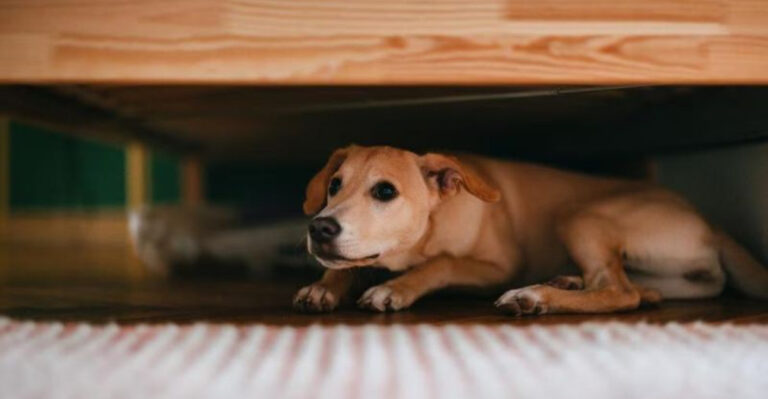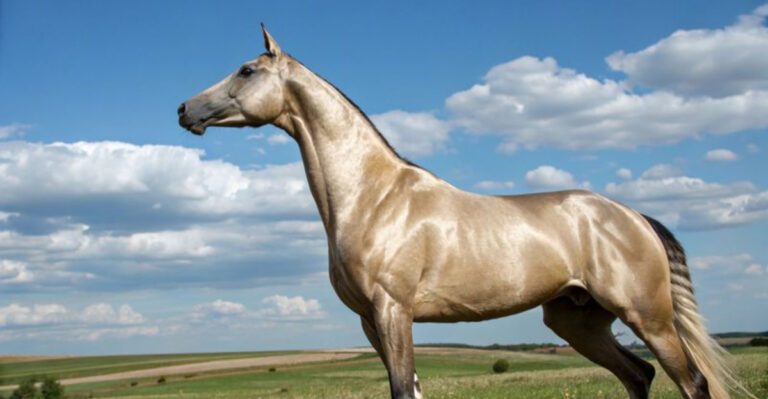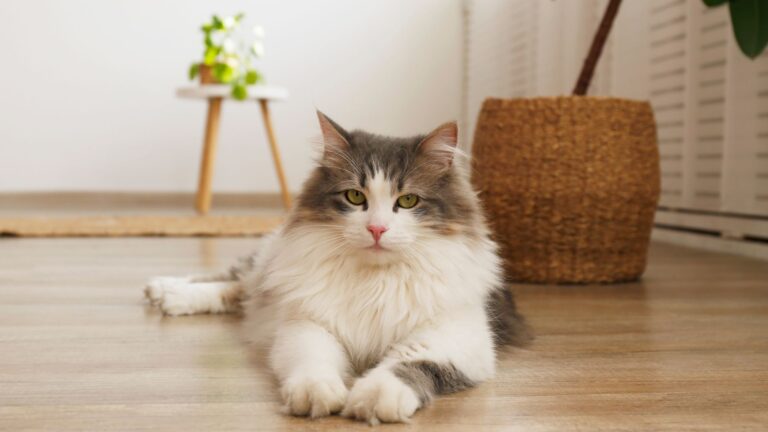10 Reasons Some Cats Struggle To Find Their Forever Home (And 5 Traits That Help Them Get Adopted)
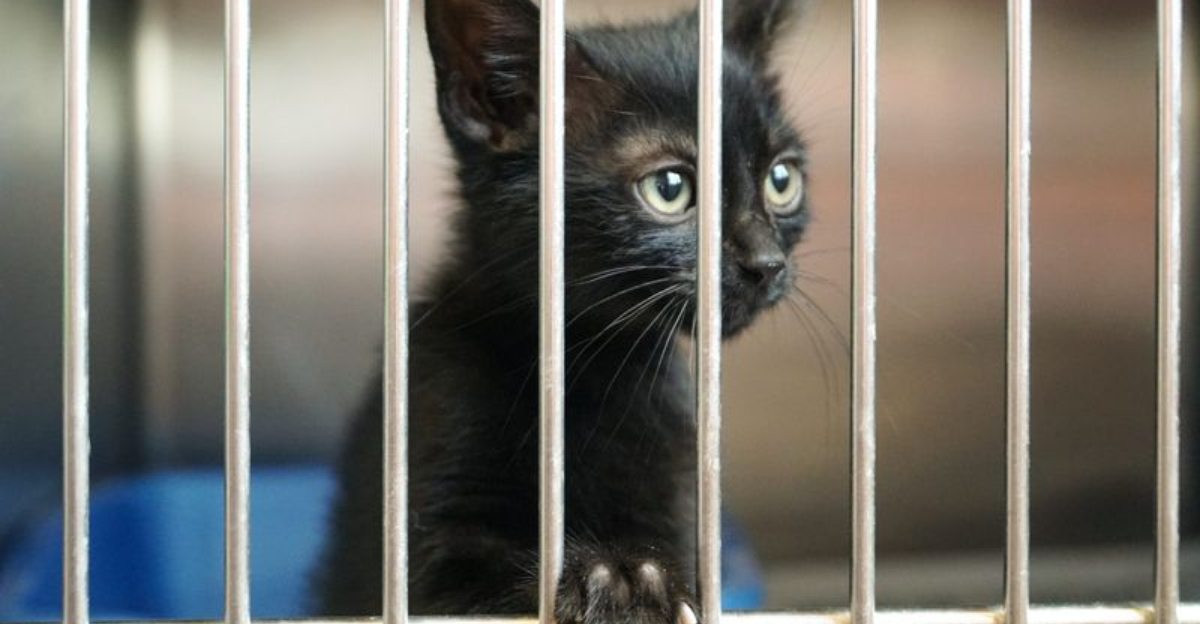
Every year, millions of cats wait in shelters hoping for a loving family to take them home. While some felines find new homes quickly, others wait months or even years for adoption.
Understanding why certain cats get overlooked – and what qualities make others irresistible to adopters – can help more kitties find their perfect match.
1. Black Fur Makes Them Invisible
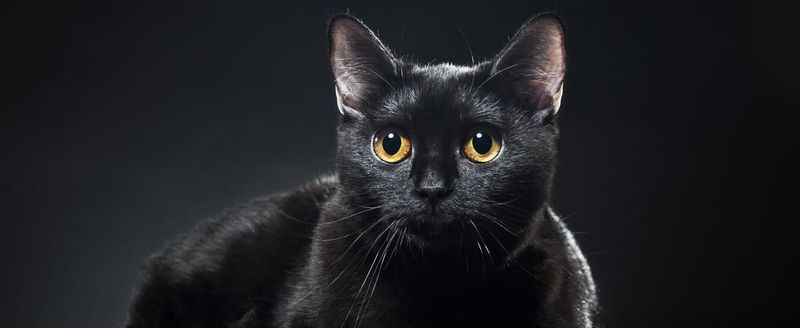
Black cats often wait longer for adoption simply because of their midnight coats. The ‘black cat syndrome’ isn’t just superstition—these cats literally disappear in dark shelter cages and photograph poorly on adoption websites.
Their features blend together in photos, making potential adopters scroll past without seeing their unique personalities. Many shelters now use bright backgrounds or colorful accessories to help these ebony beauties stand out in the crowd.
2. Senior Status Scares Away Adopters
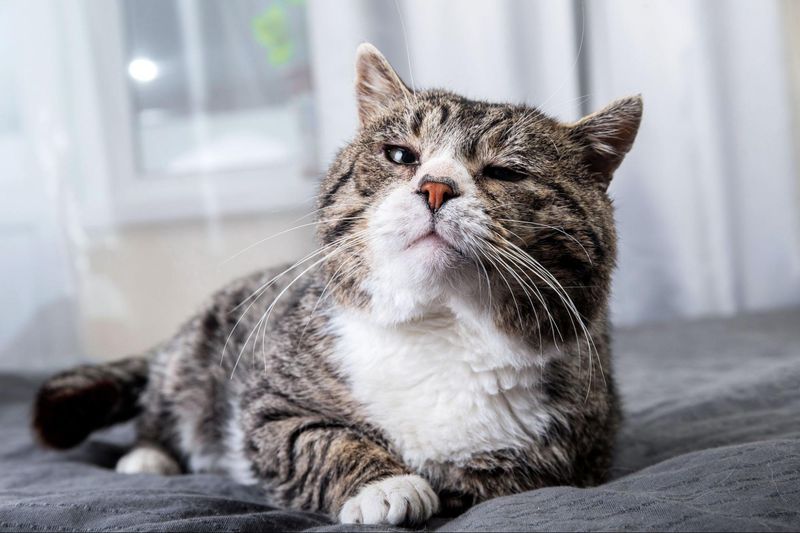
Gray whiskers and a slower pace often translate to longer shelter stays. Most adopters dream of kittens, overlooking the 8+ year old cats with their already-developed personalities and calm demeanors.
Many fear medical expenses or limited time with older cats. What they miss is the gift of a senior cat—one who’s already litter-trained, less destructive, and infinitely grateful for a second chance at love in their golden years.
3. Health Issues Create Hesitation

Cats with medical conditions face steep adoption hurdles. Diabetes, FIV, kidney disease, or even simple allergies make potential parents pause, worrying about medication costs and specialized care requirements.
Many shelters struggle to convey that these special-needs kitties can still lead happy, normal lives with proper management. The financial and emotional commitment scares away those who might otherwise fall for these resilient felines who often show the greatest appreciation for care.
4. Shy Personalities Stay Hidden
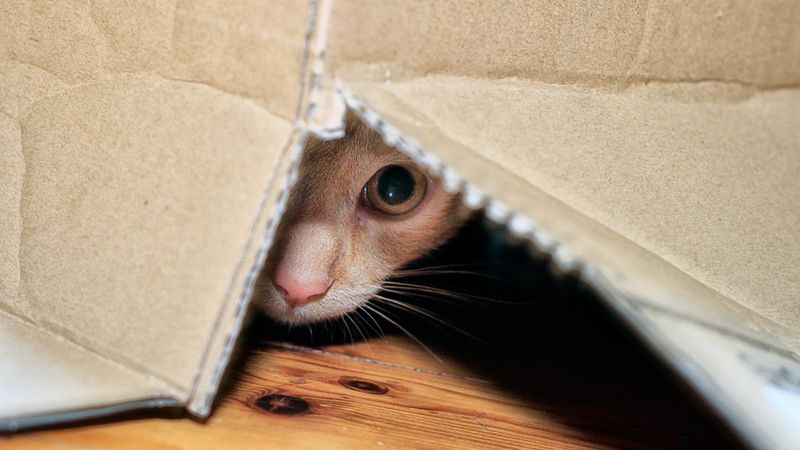
The shelter environment overwhelms naturally timid cats. While extroverts rub against the glass and charm visitors, shy cats retreat to the back of their cages, appearing unfriendly or uninterested in human connection.
These wallflowers need patient adopters willing to see beyond first impressions. Shelter staff know these reserved kitties often blossom into loving companions once they feel safe in a quiet home—their transformation just requires time and understanding.
5. Behavioral Challenges Create Barriers
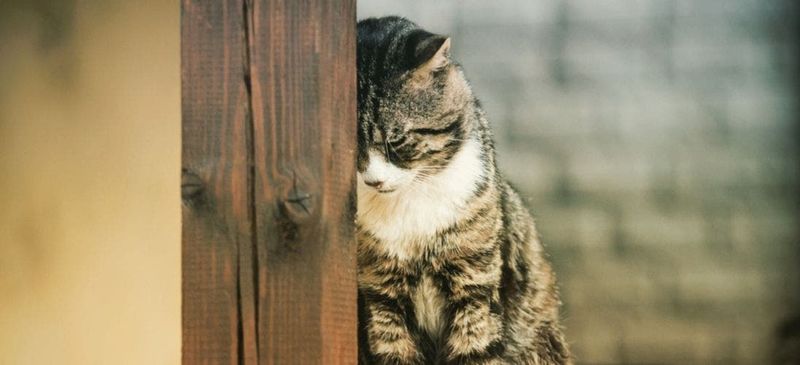
Cats with issues like inappropriate elimination, aggression, or excessive vocalization often languish in shelters. These behaviors—frequently stress responses to shelter life or past trauma—make potential adopters nervous about bringing these cats home.
Many don’t realize these problems often disappear in stable environments with proper attention. Shelters struggle to showcase these diamonds in the rough when adoption visits highlight their worst moments instead of their potential.
6. Bonded Pairs Double The Commitment
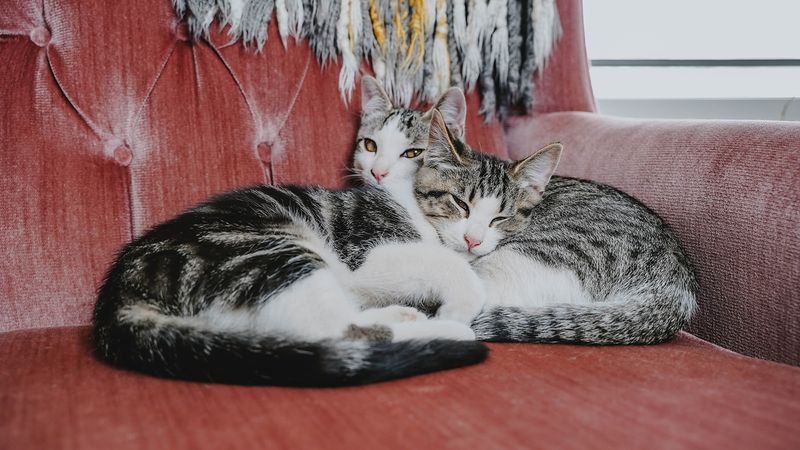
Cats who must be adopted together face twice the hurdle. These bonded pairs—often siblings or long-time companions—depend on each other emotionally, but require adopters willing to take on double the responsibility, space, and cost.
Shelters rightfully refuse to separate these duos, knowing it could cause depression or behavior problems. While two cats actually entertain each other when owners are away, many potential adopters can’t see past the doubled adoption fees and vet bills.
7. Ordinary Appearances Get Overlooked
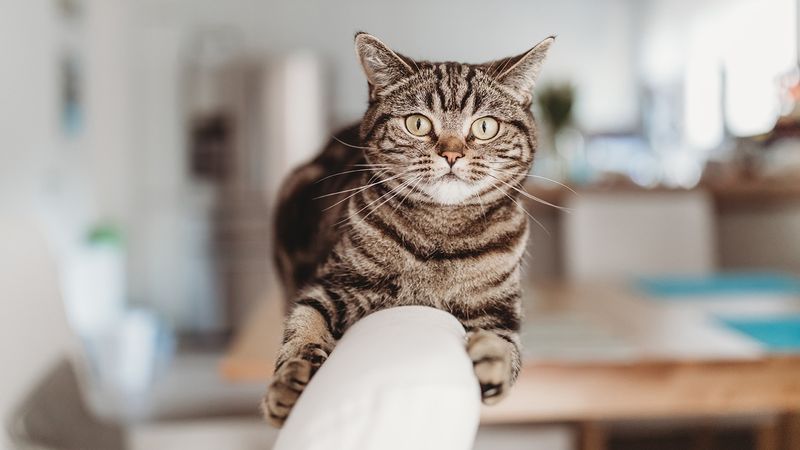
Basic brown tabbies and standard-issue cats often get passed over for more exotic-looking felines. While adopters flock to distinctive Maine Coons, colorful calicos, or flat-faced Persians, the everyday brown tabby waits patiently in the corner.
These average-looking cats lack the visual hook that stops scrolling fingers on adoption websites. The irony? These ordinary-looking cats often have extraordinary personalities, offering the same love and companionship as their flashier counterparts without the attitude some specialty breeds develop.
8. Adult Size Intimidates Potential Parents
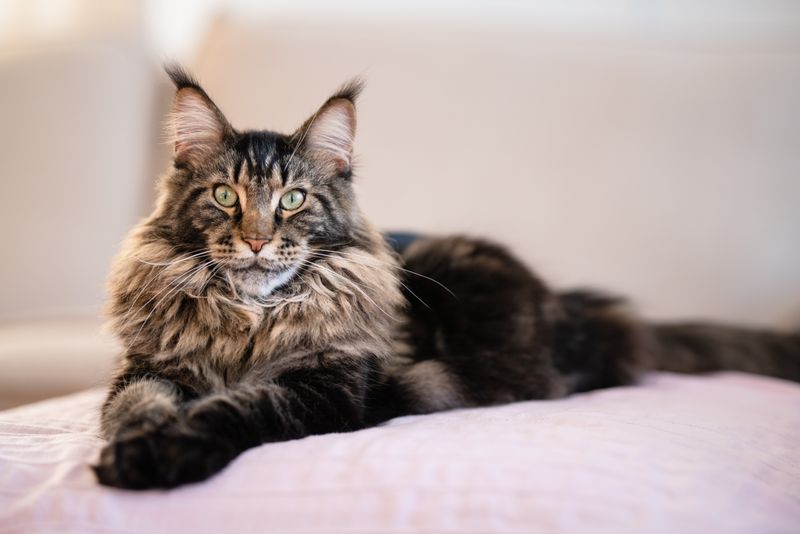
Larger cats face size discrimination in the adoption world. Gentle giants weighing 15+ pounds often intimidate adopters who worry about food costs, litter box issues, or simply having enough space for a substantial feline.
Big cats also suffer from misconceptions about aggression or destructiveness. Many shelter workers know the opposite is often true—larger cats frequently have the most laid-back personalities, becoming gentle couch potatoes who take up more lap space but offer proportionally more love.
9. Previous Owner Surrender Creates Stigma

Cats surrendered by previous owners carry an unfair stigma. Potential adopters often assume these cats have behavior problems, when in reality, most owner surrenders happen due to human circumstances—moving, allergies, financial hardship, or family changes.
These cats actually have valuable shelter data about their personalities in home environments. The adjustment period can be harder as they mourn their previous families, but these cats often form especially deep bonds with adopters who give them a second chance at stability.
10. Long Shelter Stays Create Perception Problems
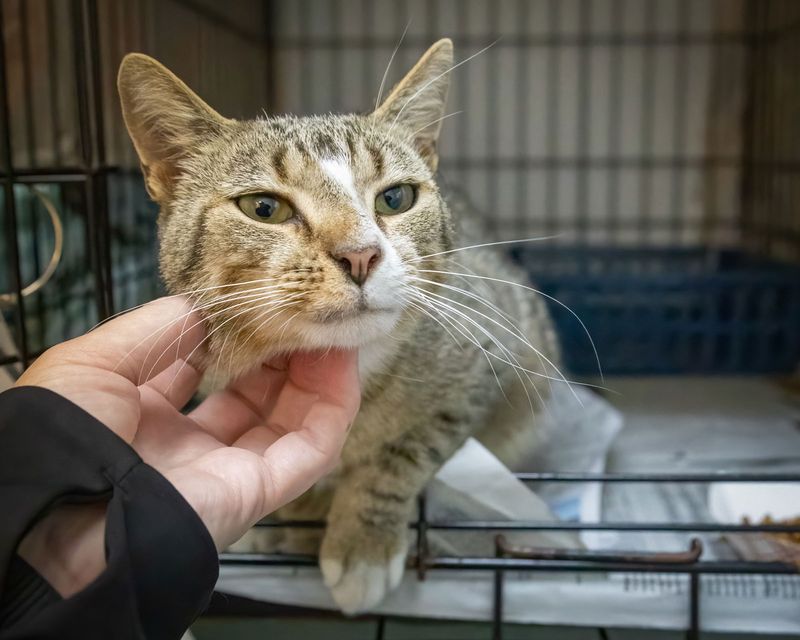
The longer a cat remains in a shelter, the harder adoption becomes. Potential adopters unconsciously wonder what’s “wrong” with cats who’ve been passed over repeatedly, creating a negative feedback loop.
Extended confinement can also cause stress behaviors that further reduce adoption chances. Some shelters combat this by rotating long-timers to foster homes or prominent display areas, giving these overlooked felines fresh opportunities to shine before compassionate eyes unaware of their lengthy wait.
11. Playful Energy Wins Hearts Instantly
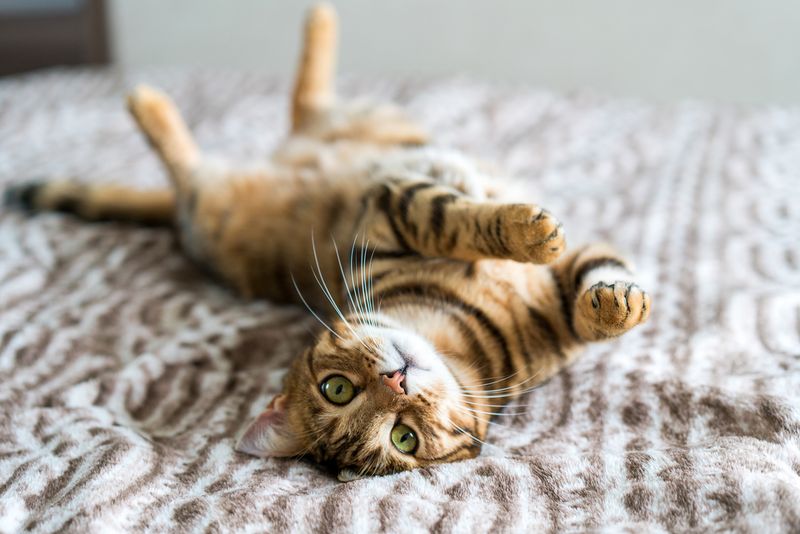
Cats who engage playfully with potential adopters often go home first. Their interactive nature—batting at toys, chasing string, or responding to movement—creates immediate emotional connections during brief shelter visits.
This playfulness signals adaptability and confidence, qualities adopters unconsciously seek. Shelters capitalize on this by providing toys in meeting rooms and encouraging interactive play during visits. A cat who shows its fun-loving side makes adopters envision joyful moments in their future together.
12. Lap Cat Status Speeds Adoption

Cats who immediately settle onto laps during meet-and-greets rarely stay in shelters long. This physical affection fulfills the exact emotional connection most adopters seek—tangible proof that this animal will provide companionship and love.
Shelter staff often highlight these “instant snugglers” to visitors seeking affectionate pets. The feeling of a purring cat contentedly kneading your leg creates a powerful bonding hormone release that’s hard to walk away from—nature’s perfect adoption strategy.
13. Kitten Cuteness Creates Competition
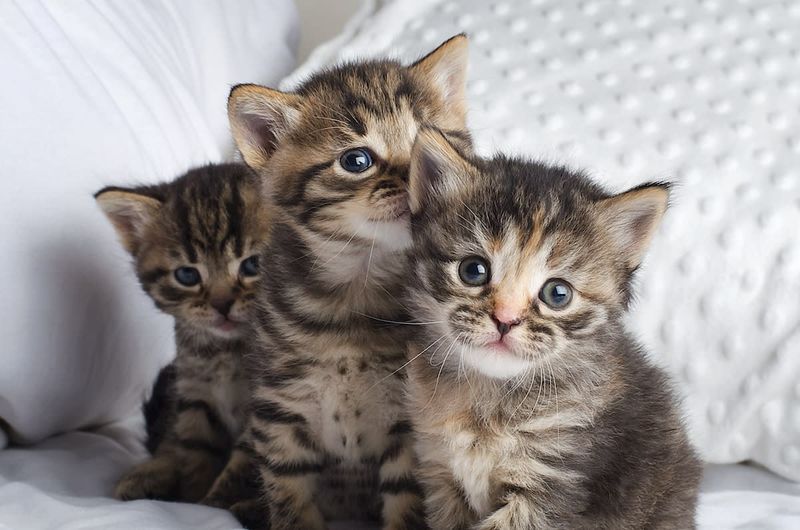
Kittens rarely face adoption challenges due to their irresistible appearance and playfulness. Their tiny size, oversized eyes, and boundless energy trigger nurturing instincts in humans that are nearly impossible to resist.
Adoption events during “kitten season” often see lines forming before doors open. This universal appeal explains why adult cats wait so much longer—they’re competing with nature’s perfect adoption machines. Fortunately, kitten adopters often return for adult companions once they experience the joys of feline friendship.
14. Distinctive Markings Make Memorable Impressions
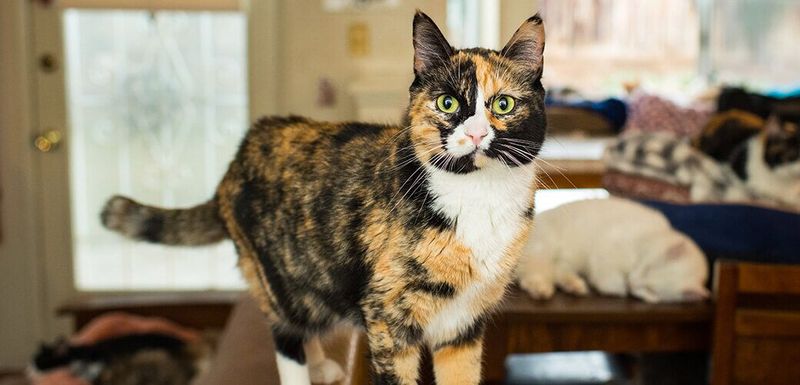
Cats with unusual coloration or markings catch adopters’ eyes immediately. A heart-shaped patch, perfect mustache, or striking color combination becomes a conversation starter and memory hook during the adoption process.
These distinctive features give cats marketing advantages in crowded shelters. Volunteers often name these cats to highlight their unique traits—”Boots” for white feet or “Picasso” for asymmetrical facial markings—creating instant personality associations that help adopters feel connected before they even meet.
15. Vocal Personalities Create Connections
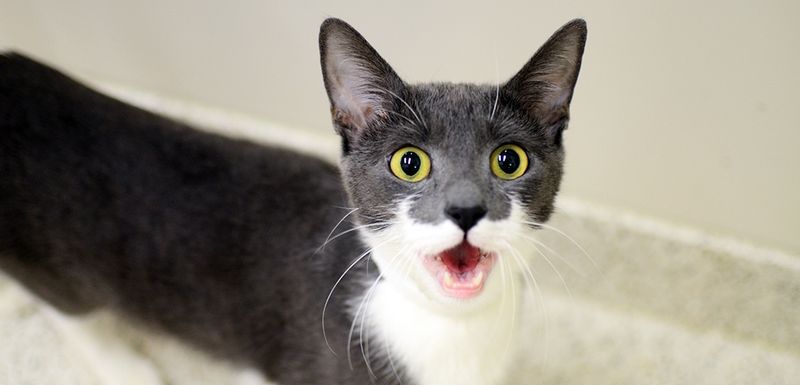
Cats who “talk” to potential adopters often charm their way into homes faster. Their chirps, trills, and meows create the impression of communication and personality, making adopters feel chosen rather than choosing.
These conversational cats stand out in quiet shelter environments. While some adopters specifically seek quiet companions, many find themselves drawn to felines who seem to express opinions and needs clearly. This perceived communication builds the foundation for the human-animal bond many adopters crave.



